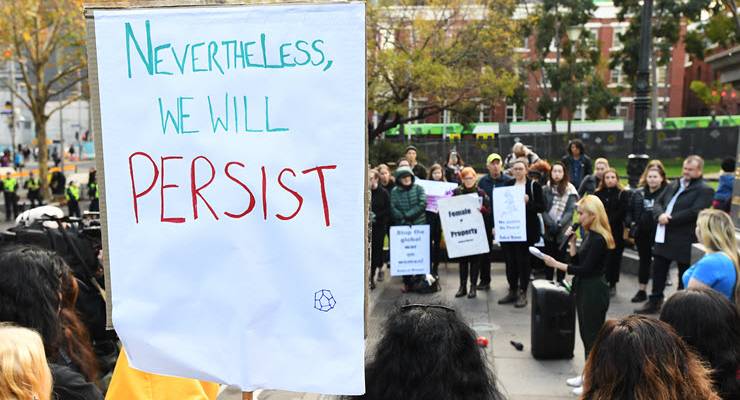
A landmark ruling may change how employers assess the safety of a home workspace after the family of a woman murdered by her partner — who was also her boss and co-worker — received workers’ compensation.
A judge has ruled Michel Carroll’s two children will receive almost half a million dollars after she was killed on NSW’s central coast in 2010.
Carroll lived with her partner Steven Hill, her teenage son and the couple’s six-week-old baby. The couple worked for Hill’s family financial advising firm from their home in Wamberal.
There were two key factors in the case: firstly, that Hill’s attack was likely to be work-related. Hill, who was found not guilty of the murder due to mental illness, had paranoid delusions about the way Carroll worked.
Secondly, that Carroll was likely to have been murdered either during working hours or during hours when she was expected to take work calls.
NSW Court of Appeal upheld the Workers’ Compensation Commission decision to pay Carroll’s children $450,000 in death benefits in March. The ruling has only recently been made known to family violence organisations.
Women’s Safety NSW chief executive officer Hayley Foster told Crikey the case was going to shake up how employees treated domestic violence in the workplace.
“This is going to have big ramifications,” she said.
“There’ll be a cultural shift — people think if they’re working from home they need a safe working desk and ergonomics, but if you look at the safe work act it makes sense that employers are obligated to create a safe workplace and they have a duty of care.”
Intimate partner violence is the leading preventable contributor to death and illness for women aged 18 to 44.
“This is the prime working age, so many of these women would have been going to work as a form of reprieve and have been required to stay at home from their abuser [during the COVID-19 pandemic],” she said.
Experts have predicted an increase in women seeking help as restrictions ease, and an escalation of violence as abusers lose some of their control.
When assessing if a workplace is safe at home, an employer should consider if it is safe from violence and abuse, Foster said.
“They need to include this risk in their assessment survey, and have a safe and confidential way of reporting that risk.”
While the case is unique, University of Technology Sydney law professor Joellen Riley Munton told Crikey she wasn’t sure similar compensation claims would be so successful.
“An important aspect of finding that the workers’ compensation system had to pay here was that the perpetrator of this violent crime was effectively her boss or business partner,” she said.
That, coupled with the fact the attack was likely work-motivated, means others subject to violence while working from home probably won’t be entitled to the same compensation claims, Munton said.
“There was sufficient causal connection between being at work and performing work to justify the claim.”








Apart from the DV, the scope for worker’s comp. claims in the brave new future of working from home seems unlimited.
If that future does become the norm, it’s almost certain that there will be huge demand for government to curtail such cover.
Will this make WFH a whole lot less popular to employers than they might have recently thought?
“Hmm, if we allow Jane Bloggs to WFH, we are probably liable (despite our lack of control) for any of her injuries accidentally or violently committed”.